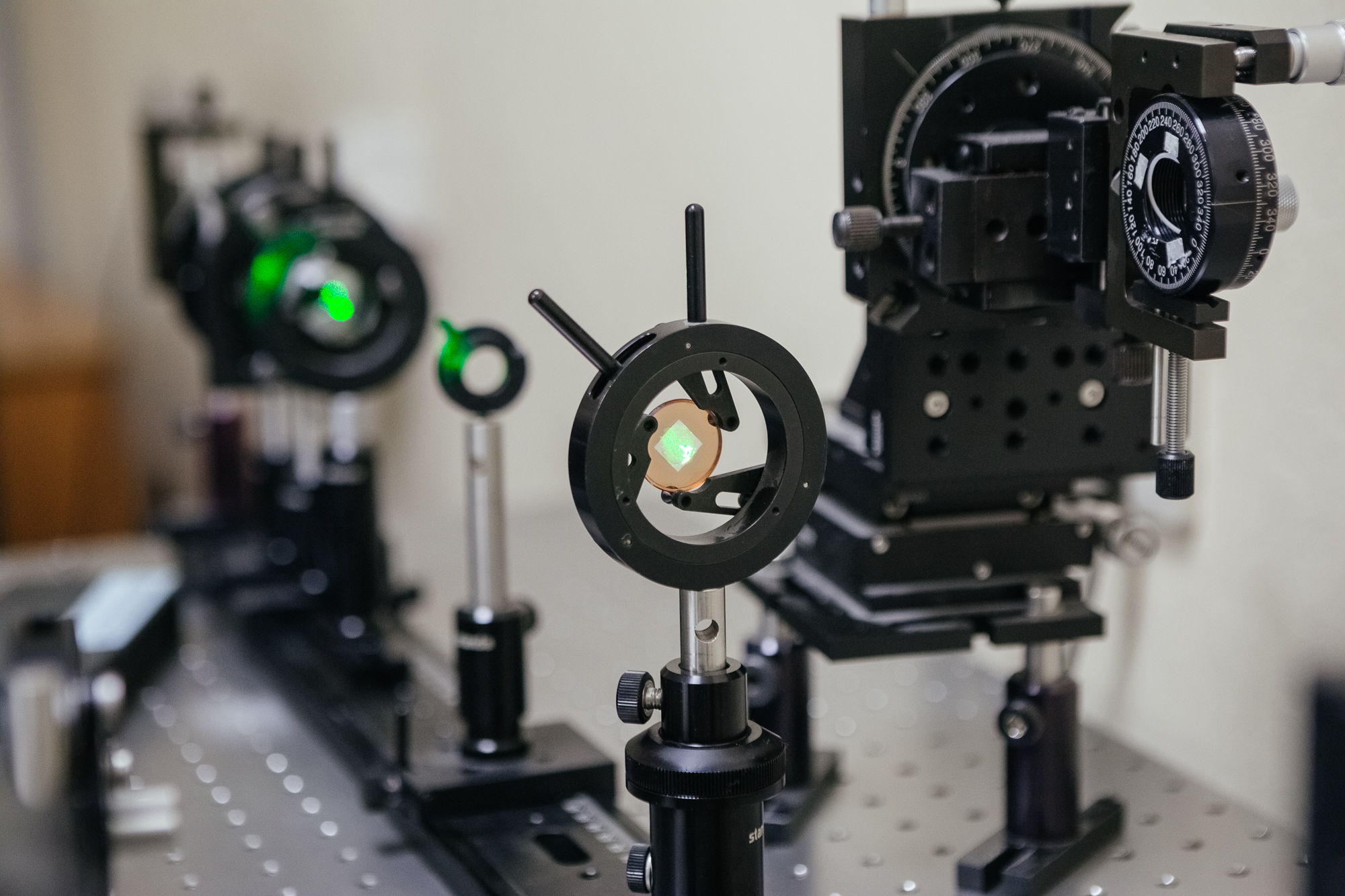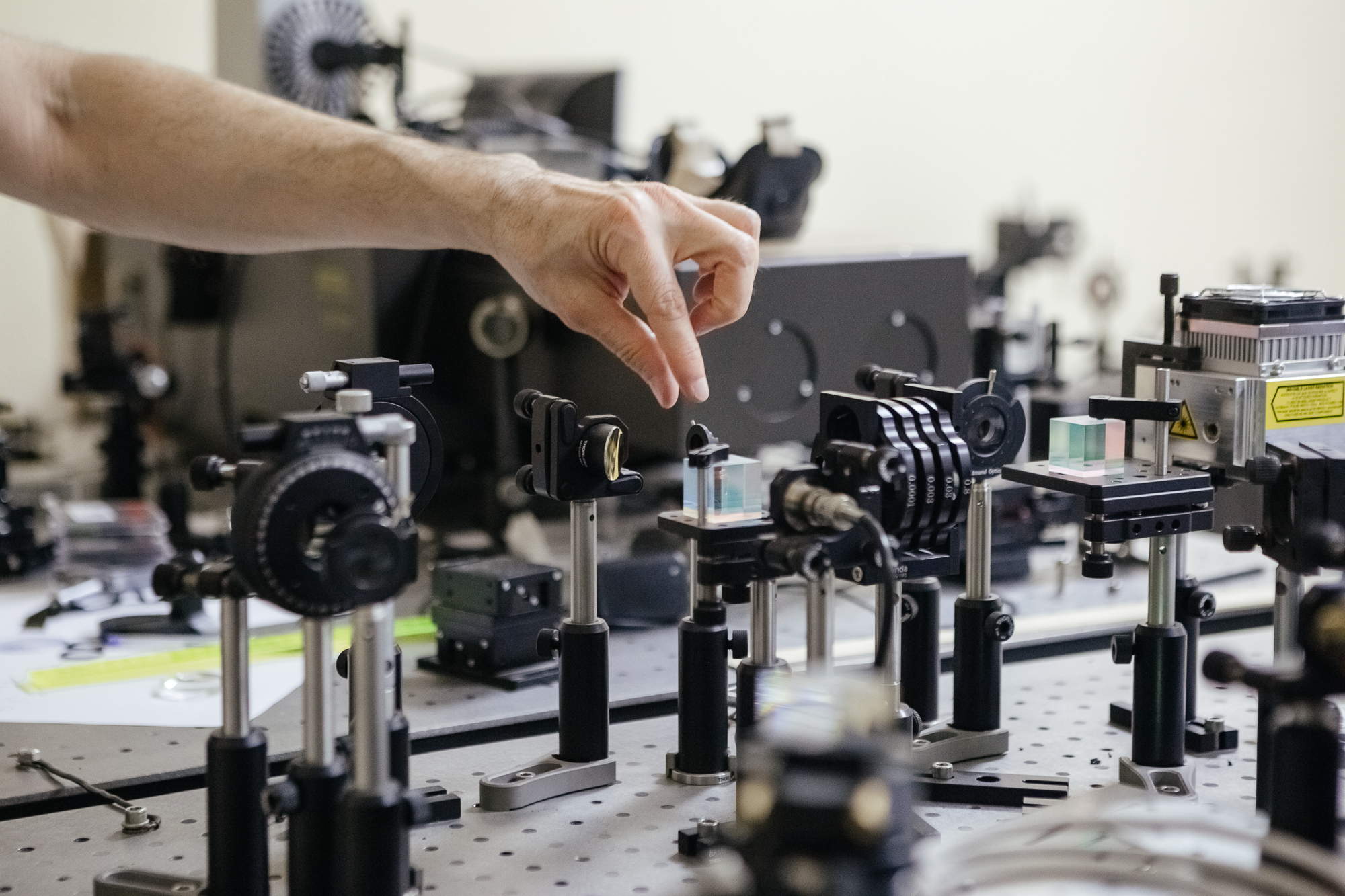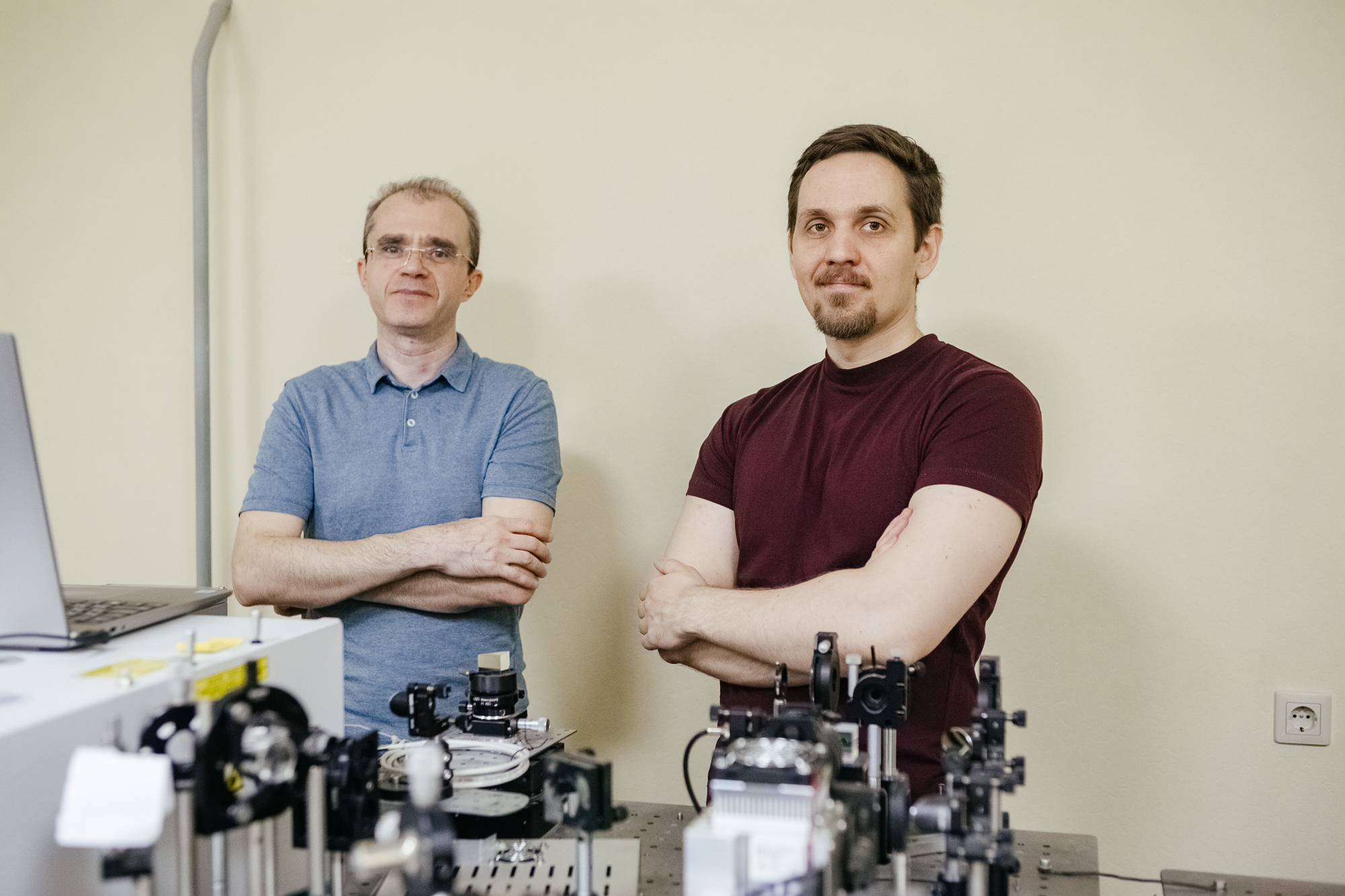“The spectral diffraction lenses developed in our lab will allow drones and nanosatellites to be equipped with highly specialized optics that will be designed to perform a single, predetermined class of tasks, such as monitoring a particular vegetation index or an indicator used in smart farming. Such optics will be more compact, simpler and cheaper to manufacture, it will have a minimum number of elements, which will reduce the cost and simplify the production of drones and nanosatellites,” said Nikita Golovastikov, Head of the “Photonics for smart home and smart city” R&D laboratory, Associate professor of the Department of Engineering Cybernetics.
Hyperspectral equipment is a solution now universally used for remote sensing of agricultural crops or environmental monitoring. Hyperspectral remote sensing of the Earth makes it possible to extract hundreds and even thousands of spectral channels from the object image, each carrying its specific information. Thus it is possible to literally “see the invisible” – to determine soil moisture and presence of fertilizers from orbit or from air, to monitor the health of plants, their possible diseases and attacks of insect pests, to detect plant stress and predict yields - and this is only in agriculture. Hyperspectral “vision” can also be used to detect greenhouse gas emissions and soil and water pollution, conduct geologic exploration of hard-to-reach areas and determine the location of potential deposits of various minerals, oil and gas.
However, the advantages of hyperspectral sounding sometimes turn out to be a disadvantage: the imaging creates a very large data set which requires special computer programs and algorithms to be analyzed. In practice, the user, a farmer for instance, does not always need such a large amount of data; for example, he needs to determine only a few indicators of the condition of crops – whether the plants are sufficiently watered and fertilized. Therefore, instead of fitting a drone or satellite with complex hyperspectral equipment, one can use simple optics with a special spectral lens that will “see” only one or several specific indicators. That is, with such a lens, a drone or satellite will go from being a “generalist” to a “subject matter expert.” It’s like instead of using a Swiss knife which has many miniature tools ranging from scissors to an awl, you only use one separate proper tool for your daily work. Or a couple of tools. It’s cheap and practical.
“The main idea of the spectral diffraction lens is to do without a hyperspectrometer, without building a complex hyperspectral image, by singling out only the most important thing – for example, the moisture content in the observed vegetation. Such a narrow task is solved in a much cheaper and faster way. For example, calculation of one vegetation index in smart farming with such a lens involves performing only a few arithmetic operations on spectral data from two or three bands, which is far simpler and faster than processing a hyperspectral image,” Nikita Golovastikov emphasized.
According to him, the laboratory has already produced three prototypes of lenses, they have been tested, and their performance has been confirmed. The size of each lens is 4 mm. A diffraction microrelief was laser carved on the lens surface to isolate several specified wavelengths. The maximum relief height is about 4–6 micrometers. For comparison, the thickness of a human hair is, on average, about 80 micrometers.
One lens is designed to detect the vegetation index of “infrared slope” (MRESR) used to analyze the condition of forests and vegetation and to detect plant stress; the second lens is designed for the “water” index (WB) used to estimate the moisture content in vegetation, and the third lens can detect both of these indices.
“There are a lot of vegetation indices, we have chosen some of the most common ones, but it is possible to calculate and manufacture lenses for any other spectral indices, for example, to detect some specific harmful substances in the air, and use these lenses in sensors of smart home or smart city systems. Another promising area is biomedical research. For example, with the help of a scanner based on such a lens it is possible to determine the exact location of blood vessels in the human body during an operation or a procedure – this is a relevant task, for example, in treatment of children,” said Nikita Golovastikov.
For reference
* Samara University is one of the world leaders in photonics. More than 40 years ago, the scientific School of Computer Optics and Image Processing was established and has been successfully operating at the University, headed by Viktor Soyfer, Academician of the RAS and the President of Samara University. The University scientists have developed innovative diffraction optics, which has found its application in a variety of fields, such as outer space, medicine, and agriculture.
Research in the field of diffraction optical elements made it possible for scientists of Samara University to create compact hyperspectral devices for smart agriculture applications. Mobile agricultural ameliorative complexes are able to independently analyze the soil condition, and regulate intensity of irrigation and fertilization, which can increase crop yields by 25–30% in average.
** Vegetation index – an indicator related to vegetation parameters and characteristics calculated on the basis of operations with different spectral channels of remotely sensed data.
 RU
RU  EN
EN  CN
CN  ES
ES 


